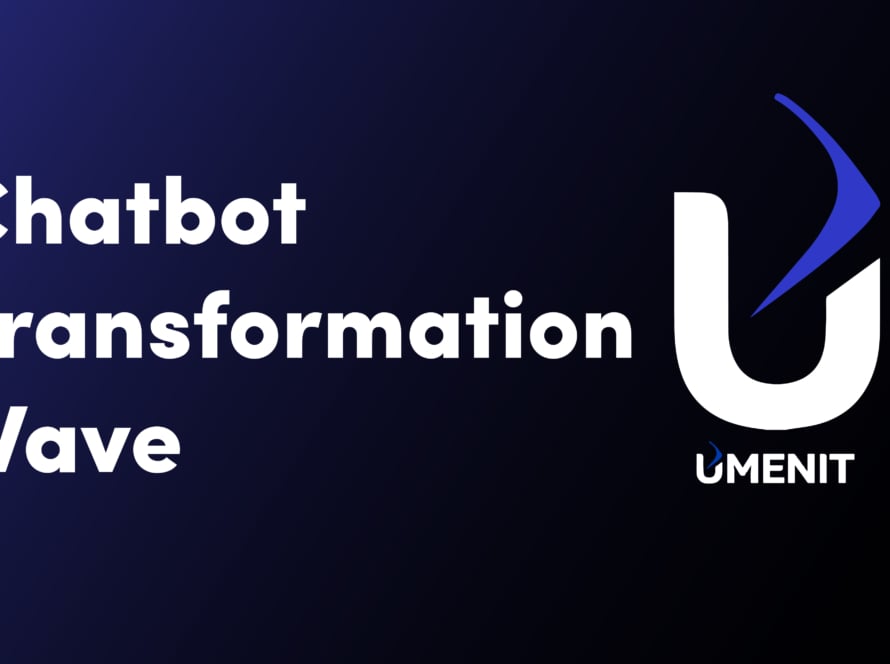When it comes to Artificial Intelligence (AI), one of the most persistent myths is that AI can never be truly creative.
Many argue that AI is limited to processing and following rules, unable to think or imagine beyond what it’s been programmed to do. But is this really the case?
AI’s creative potential is often underestimated.
While it’s true that AI doesn’t “imagine” in the same way humans do, it is capable of producing creative outputs, often in ways that surprise even its creators.
Machine learning algorithms, for example, can analyze vast amounts of data, identify patterns, and generate new content based on those insights.
AI can create art, write music, develop innovative solutions to problems, and even assist in creative fields like design and literature.
The key difference between AI creativity and human creativity lies in the process.
AI relies on existing data and algorithms to produce new outcomes, while human creativity often involves a deeper level of intuition, emotion, and subjective experience.
However, this does not diminish AI’s ability to contribute creatively.
Tools like generative design and machine-generated art have already demonstrated that AI can collaborate with humans in highly creative ways.
While AI may not “imagine” in the traditional sense, it can certainly contribute to creative fields by offering new perspectives, optimizing existing designs, and helping generate ideas that humans might not have considered.
The future will likely see more AI-human collaborations, where AI acts as a powerful assistant to human creativity.
For more about how AI is shaping industries and how you can integrate AI into your business.
Follow us for insights and discussions:



